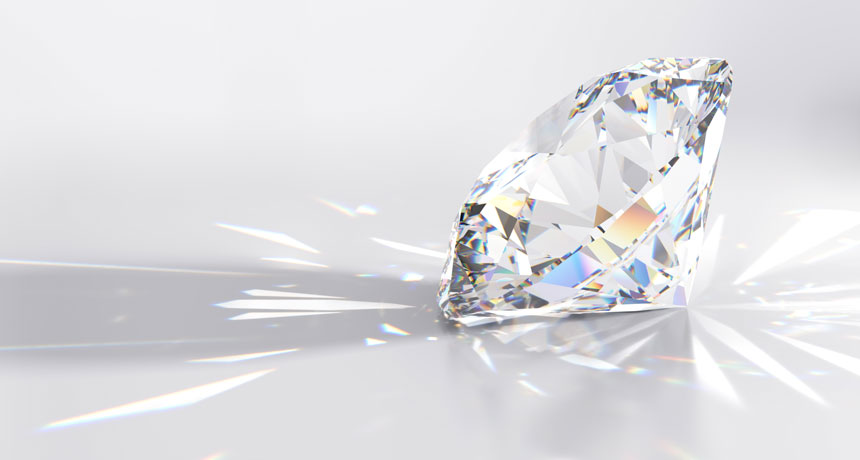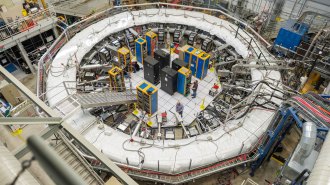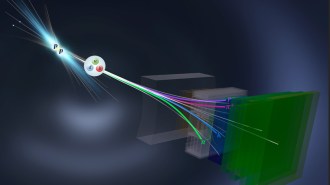Diamond detectors could aid the search for dark matter
The particles could be spotted when they slam into electrons or atomic nuclei in the crystals

SHINE ON Diamond could be used in particle detectors to spot lightweight types of dark matter particles, if they exist.
SPbPhoto/Shutterstock







